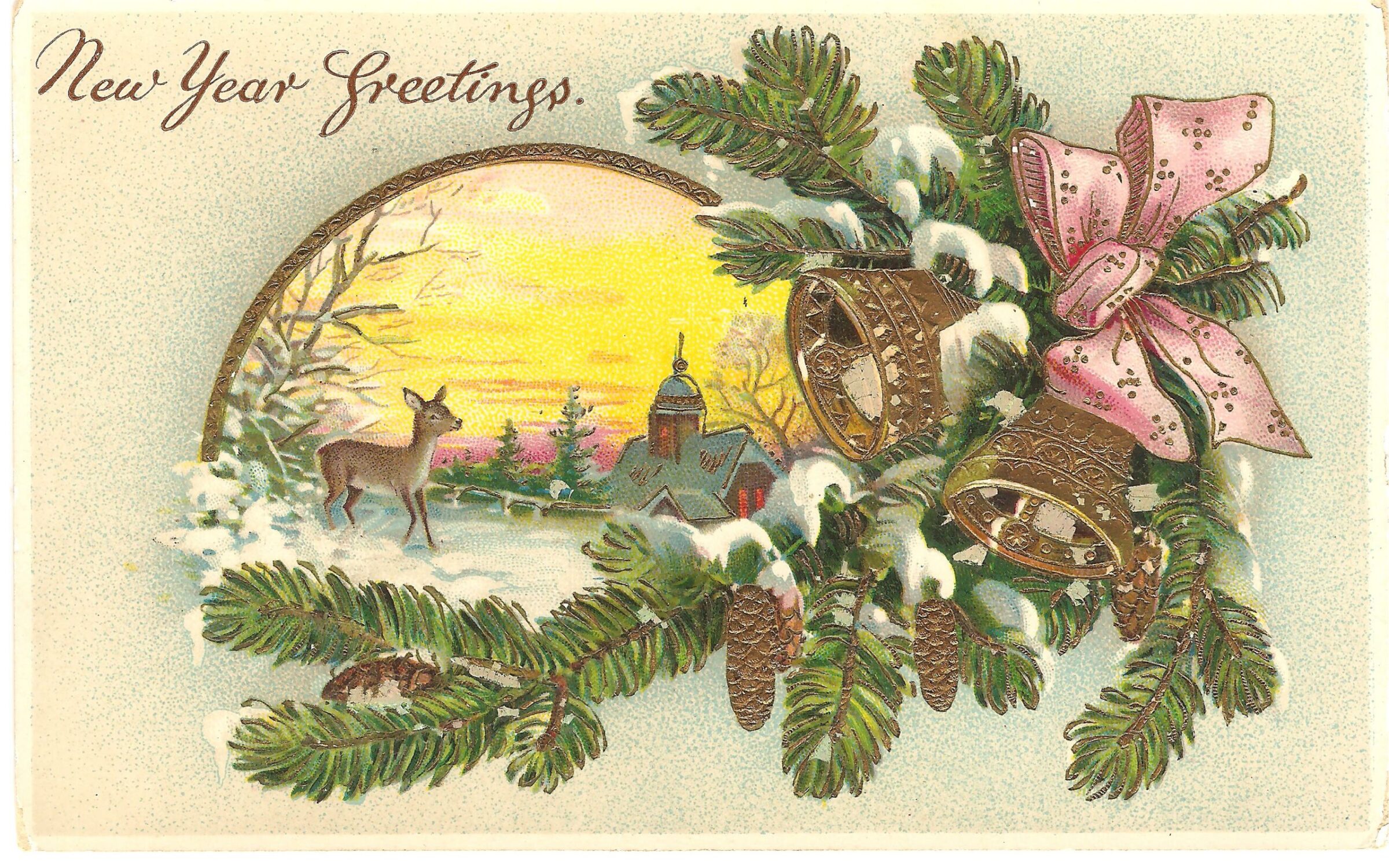 New Year’s Eve is observed annually on December 31, the final day of any given year in the Gregorian calendar. In modern societies, it is often celebrated as social gatherings, during which participants dance, eat, consume alcoholic beverages, and watch or light fireworks to mark the incoming year.
New Year’s Eve is observed annually on December 31, the final day of any given year in the Gregorian calendar. In modern societies, it is often celebrated as social gatherings, during which participants dance, eat, consume alcoholic beverages, and watch or light fireworks to mark the incoming year.
Since 1907 the “ball dropping” on top of Times Square in New York City is a major component of the New Year celebration. From 1981 to 1988, New York City dropped a large apple in recognition of its nickname. Similar balls are dropped in many towns and cities across the United States. The song, Auld Lang Syne, written by Scottish poet Robert Burns in 1788, has become a popular song to sing at midnight on New Year’s Eve, with the Guy Lombardo version being the standard. Many Protestant Christian congregations have New Year’s Eve worship services. Some, especially Lutherans, Methodists, and those of the African-American community, have a tradition known as “Watch Night,” in which the faithful meet near midnight, giving thanks and praying for divine favor. This practice can be traced back to John Wesley, founder of Methodism.
On a more secular level, it was a common practice during the 1940s and later to attend midnight movies on New Year’s Eve. In Mankato, one or more of the three cinemas provided this popular entertainment. New Year’s Eve was generally frosty and crisp, but that did not put a damper on the enthusiasm of the teenage crowd to walk great distances to the cinemas. The movies chosen were usually well worth seeing. I recall walking from Sibley Park area on New Year’s Eve 1945 to the State Theater to watch Joan Fontaine perform in “Frenchman’s Creek.” This provided a welcome source of entertainment for those too young to indulge in the adult version of New Year’s Eve celebration.
By Win Grundmeier (written 2011)


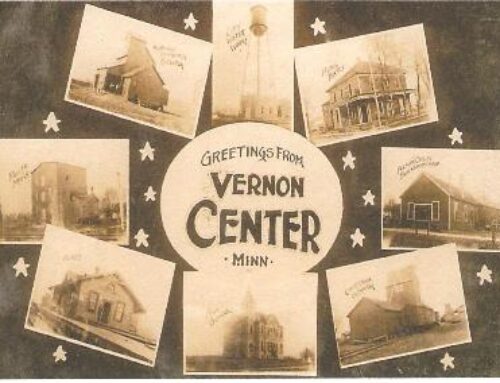

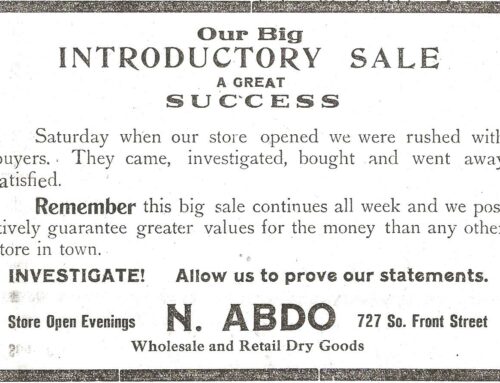
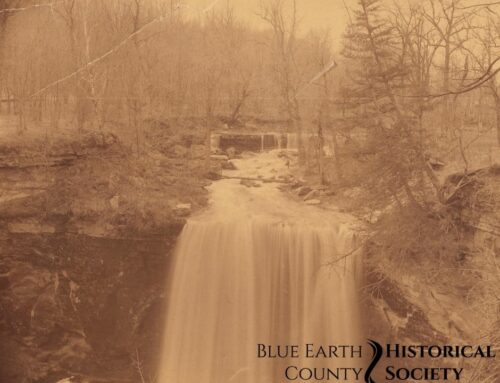
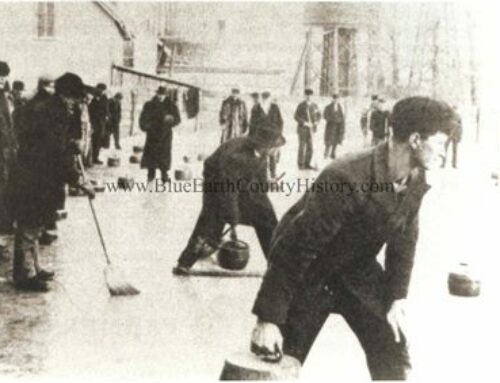
Leave A Comment